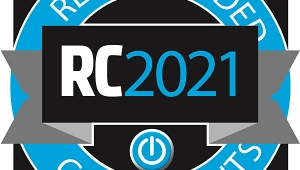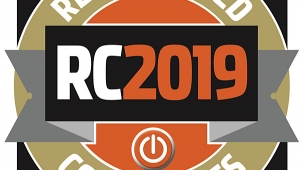| Columns Retired Columns & Blogs |
I bought a AQ NightOwl Carbon when it was on sale, and I'm glad I did (get it on sale, that is). A weak bass and a weaker treble makes a very different headphone from the NightHawk. I wondered what Skylar was thinking when I purchased the NightHawk a couple years ago and broke them in. But as it turned out, a little bit of EQ and the NightHawk was a splendid performer. Not so the NightOwl - I gave it away - couldn't bear to take someone's money for it.







































